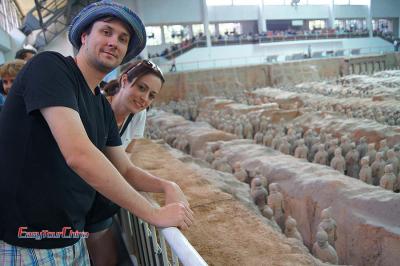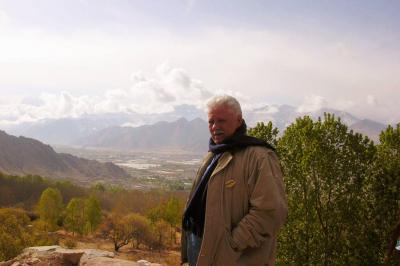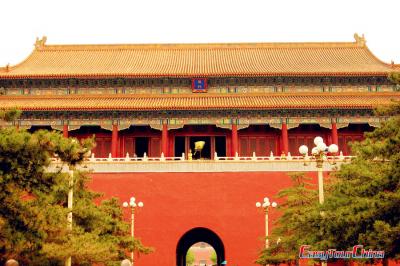Chinese Pyramids
Historically China is well known for things like the Great Wall of China, Forbidden City, Chinese Kung Fu, its colorful culture and of course its superb china ware and silk, but not very well known for its Pyramids.
China has a large number of pyramids, possibly over a 100. Most of them are located in a 70-mile area around the city of Xi'an. This has mostly been unknown by the outside world, even by a large number of Chinese people because these so-called Chinese pyramids are actually trapezoidal burial mounds of ancient Chinese emperors and their shapes far different from the pyramids in Egypt.
These ancient royal tombs look like pyramids in satellite images but more like huge artificial earth hills in reality.
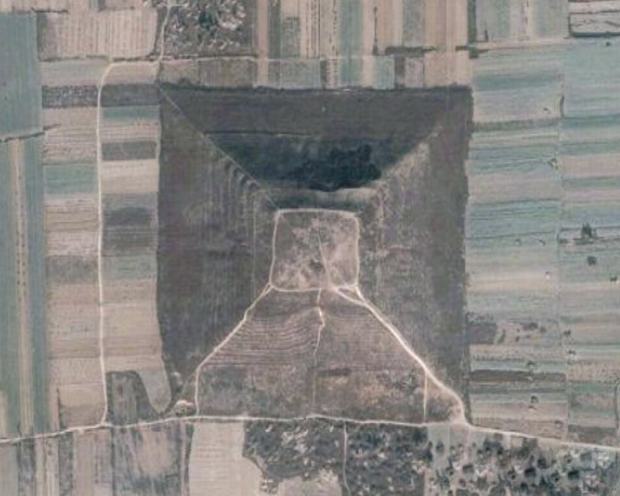
(Chinese Pyramid Google Earth Image)
1912
American traders Fred Meyer Schroder and Oscar Mamen discovered the ancient Chinese pyramids in Xi’an in 1912 when they were traveling in China. A Taoist priest they met en route told them there were 7 pyramids in Chang’an (approximate present-day Xi’an, one of the birthplaces of Chinese civilization) and they decided to visit Xi’an.
Schroder wrote in his diary that they did found a group of pyramids in Xi’an towering between farmlands and villages, and some in the forest. The pyramids were 300 to 400 meters in height. The largest pyramid they found was about 500 meters tall including the footing, nearly twice that size in length as the Great Pyramid of Egypt.
The pyramids looked like ordinary hills in distance, but they were huge flat-topped building with four slanted sides when you getting closer. The three pyramids Schroder found at the northernmost end were the largest, and the others were arranged from north to south until the smallest one at the southern end. The total distance was about 10 kilometers, and there were also some small pyramids in the forest.
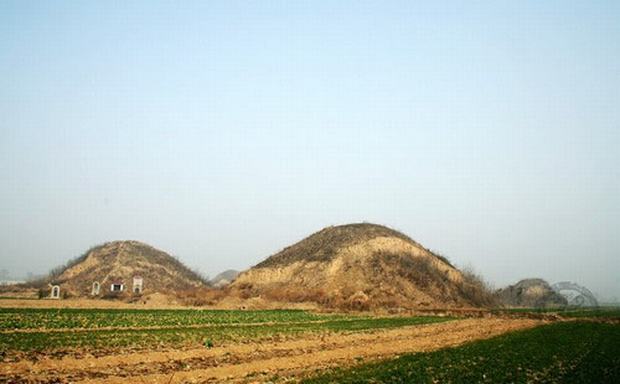
The ancient Chinese pyramids group Schroder found is actually part of China’s Western Han Dynasty Mausoleums complex along the Wei River. Nine of the fourteen emperors of the Western Han Dynasty (202 BC - 8 AD) were buried here, as well as the queens and other members of royal families.
This place is called Wulingyuan (五陵原) in Chinese because five Western Han emperors’ tombs were here, including Changling Mausoleum of Emperor Gaozu, Anling Mausoleum of Emperor Hui, Yangling Mausoleum of Emperor Jing, Maoling Mausoleum of Emperor Wu and Pingling Mausoleum of Emperor Zhao.
Wulingyuan is not located in present-day Xian City, but in the north of present Xianyang City with an area of about 500 square kilometers. Xianyang City is a prefecture-level city in the central part of Shaanxi Province of China, about 30 kilometers northwest of the provincial capital city of Xi’an.
Starting from Xingping City in the west, Gaoling County in the east, Jingyang County in the north, and the north bank of the Weihe River in the South, Wulingyuan is approximately 40 kilometers long from east to west, and the widest part of Wulingyuan from north to south is about 13.5 kilometers.
1945
U.S. Air Corps pilot named James Gaussman claimed to have seen a gigantic white jewel-topped pyramid while flying between India and China during World War II. But his statement was kept a closely guarded secret of the US Military for 45 years before it became public knowledge.
1947
The commonly known first photo of a Chinese pyramid was taken by Colonel Maurice Sheahan, Far Eastern director for Trans World Airlines in 1947 while flying over the Qin Ling Mountain Range about 40 miles Southwest of Sian (Xi'an). It represents perhaps the earliest photo record of these pyramid shaped structures in and the plains around this ancient political center were found to be dotted with them.
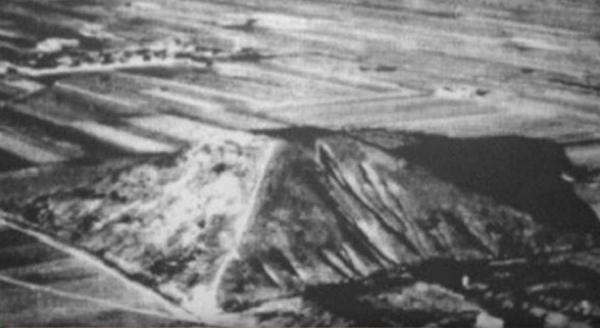
Although few Western scholars or travelers have seen any evidence of these structures, German researcher Hartwig Hausdorf is one who claims to have been close to them. He contends that there are more than 100 pyramids throughout the region, that they were originally constructed of clay, and that they have become stone hard over the centuries.
Maoling Mausoleum Pyramid
Christ Maier believed that this particular Chinese pyramid mound in the photo is the Maoling Mausoleum (茂陵) of Emperor Wu of Western Han Dynasty in Wulingyuan of Xianyang City mentioned above.
Emperor Wu of Han (汉武帝, 156-87 BC) is regarded as one of the greatest emperors in Chinese history due to his leadership and achievements. The well-known Silk Road was developed at his reign after he sent Zhang Qian to the Western Regions to connect China with those countries there.
Highlights of Maoling Mausoleum or Mao Mausoleum:
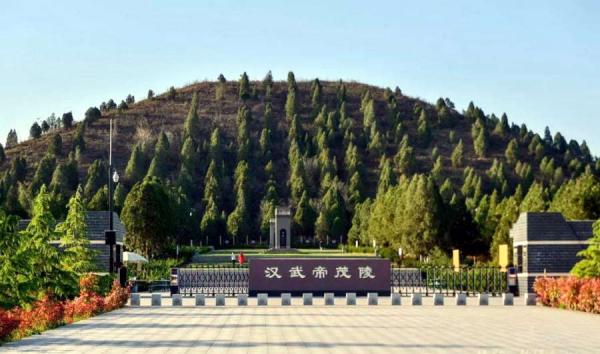
Maoling Mausoleum Museum (or Maoling Museum)
In 1956 the Maoling Cultural Relics Office was set up and upgraded to the Maoling Mausoleum Museum in 1979. With over 4,100 cultural objects, Maoling Museum currently has two rooms for artifacts exhibition, one hall telling the story of Emperor Wu, and six bungalows showing stone carvings.
If you plan to tour Xi’an on a leisure schedule, it’s worth taking half day to explore Maoling scenic spot comprising of earthern pyramids, pagodas, gardens, as well as Maoling Museum to discover early stage Chinese culture and retrace the prosperity of Western Han Dynasty during Emperor Wu’s reign from the countless priceless treasures and historical masterpieces of great archeological importance.
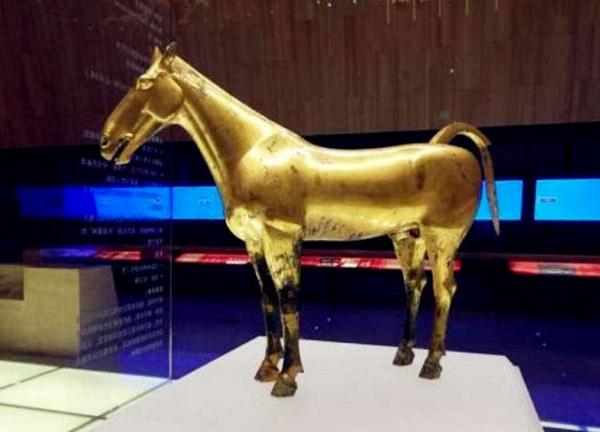
Qin Shi Huang Mausoleum Pyramid
The oldest and largest pyramid in China is regarded as the Mausoleum of the First Qin Emperor (Qin Shi Huang). Qin Shi Huang began construction on his mausoleum in 246 BC shortly after he ascended to the throne at age of 13 and it was still being expanded for 36 years after his death.
Archaeologists concluded that Qin Shi Huang tomb pyramid with 9 layers of earth above ground had an original height of 115 meters, and shrunk to 76 meters due to weathering process. Its vast inverted pyramid underground palace of the same size as the one above ground is the core of the entire architecture. The pyramid itself has never been excavated by now due to limited scientific excavation and protection technologies.
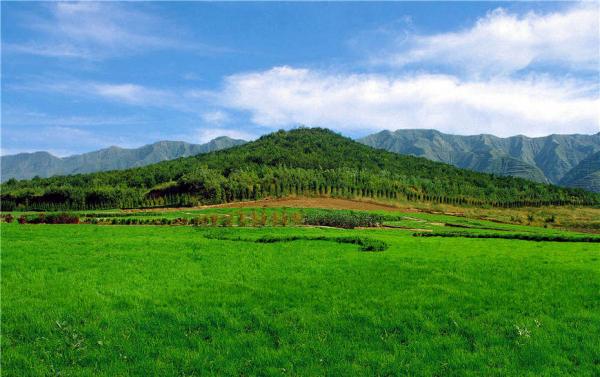
The pyramid tomb of Qin Shi Huang is guarded by the famous life-size Terracotta Army, the Eighth Wonder of the World to protect Qin Shi Huang in the afterlife.
First Emperor of Qin (Qin Shi Huang 秦始皇, 259 - 210 BC) was the founder of the Qin Dynasty (221 - 206 BC) and unified the ancient China for the first time. The construction of the Great Wall of China, one of the greatest miracles in the world was begun during his reign.
The other mounds are imperial burial sites from later eras, mainly the Western and Eastern Han Dynasty (A.A. 24-221). Best estimates are that the newly "discovered" pyramid is at least 2000 years old. Few of the pyramids have ever been explored by western tourists.
